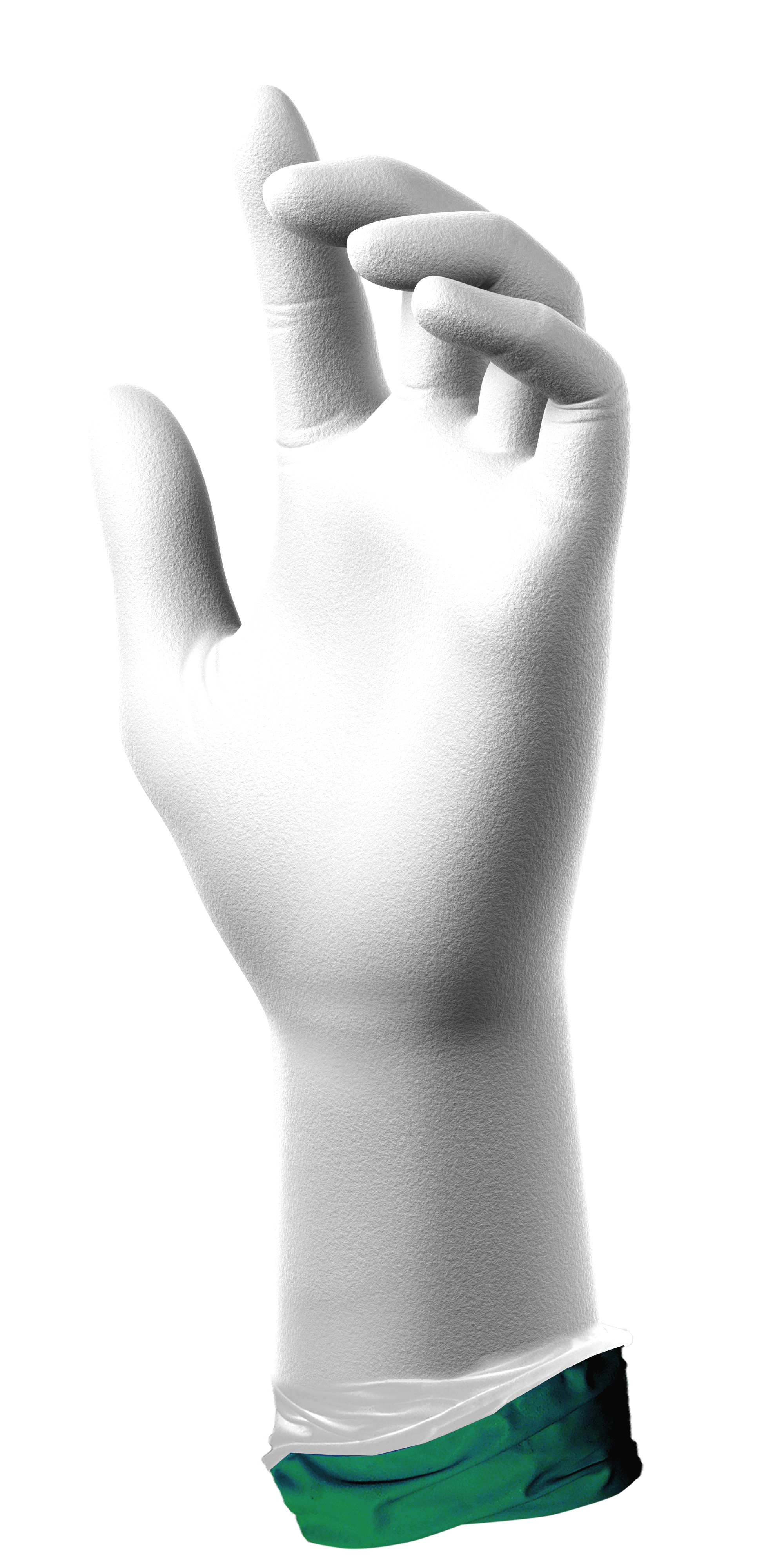Glove Intelligent Assistant
06.15.2023

This week’s topic is centered around the myths and concerns about double gloving. In the healthcare industry, gloves are an important and necessary part of personal protective equipment. They are used to prevent the spread of pathogens and microorganisms between patients. However, there can be situations where wearing one pair of gloves may not be enough, particularly when it comes to environments that are highly vulnerable to contamination. While many hospital guidelines, and even the Center for Disease Control advocate for the advantages of double gloving, many healthcare professionals remain wary of double gloving. The article this week on the blog will discuss some of the popular myths of double gloving and the benefits of double gloving in healthcare settings.

A popular myth related to double gloving is that gloves are infallible, unbreachable, or insusceptible to perforation. Of course, a high quality glove offers utmost protection but it is only a barrier against outside agents. All disposable gloves are susceptible to degradation and tearing. Once there is a tear or breakage that protection is compromised, which can result in serious consequences within the working healthcare environment. Double gloving offers extra protection and decreases the probability of contaminants or sharp objects from coming into direct contact with the user just in case one of the gloves is breached – either perforated by sharp objects or chemicals. Berger and Heller’s 2004 study found that, “Double-gloving reduces the risk of exposure to patient blood by as much as 87% when the outer glove [was] punctured”.
The logic is that if one of the gloves is breached, the other one will maintain the protection against direct contact with contaminants or sharp objects. Quebbeman et al 1992 reports that the probability of coming into direct contact with a contaminant (a patient’s blood in particular) was at a high “51% when only one glove was worn but only a low 7% probability [when] double-gloving.” The study further disproves another myth that glove failure rate (the possibility of breaching the glove material or perforation) is the same rate no matter donning only single gloves or double gloving. Surgeons often double glove for the reasons listed above since they must withstand long hours in contact with patients’ bodily functions and sharp surgical equipment. During surgery or when providing healthcare procedures, it can also be hard to detect perforations or breaches in the glove material. Double gloving is a safeguard against unseen glove breaches.
One of the other major myths healthcare professionals resist double gloving is the misconception that double gloving allows for less tactility or dexterity. Various studies have tested the ability for healthcare professionals to perform various duties while double gloved and none have found definitive evidence for this claim. Web and Pentlow 1993 conducted dexterity comparisons and asked surgeons to tie surgical knots while double gloved. The results showed no alteration in the ability to tie knots. The most definitive take away was that surgeons found it most comfortable to wear a larger sized glove outside, over the inner glove. The same study even found that “[s]urgeons who routinely double-glove report decreased hand sensation much less frequently than those who rarely double-glove.” A more recent study done by Northwestern University Feinberg School of Medicine in 2010 suggests the same conclusion – double gloving does not lead to a decrease in hand tactility or dexterity.
The vast majority of healthcare organizations advocate for the practice of double gloving. The CDC, the American College of Surgeons, the American Academy of Orthopedic Surgeons and the Association of Surgical Technologists are just a few in the healthcare field that have strongly pushed for double gloving to be more routine. Some guidelines they recommend are using different colors between the two pairs worn, using glove liners, and using different thickness gloves. These all help in easier breach detection.
While most of these organizations specify double gloving in mostly surgical procedures, double gloving is not only beneficial in that particular setting. “[Before surgery], personnels risk decreased by 70[%] … [risk of coming into contact with bodily fluids] when double gloving in comparison to wearing a single-glove”(Greco and Garza 1995). Chapman and Duff’s 1993 study again shows precedent for double gloving beyond surgical procedures. Their research showed that routine double-gloving is recommended to decrease the potential for patient fluids contact during obstetric procedures. The overall advantages of double gloving make a strong argument for it to be a common practice in healthcare settings.
 |
 |
SW products allow for easy breach detection with dual color BreachAlert technology and can be a stellar choice for double gloving. We also carry disposable nitrile gloves in various thickness, allowing customers to decide what is most comfortable for them.